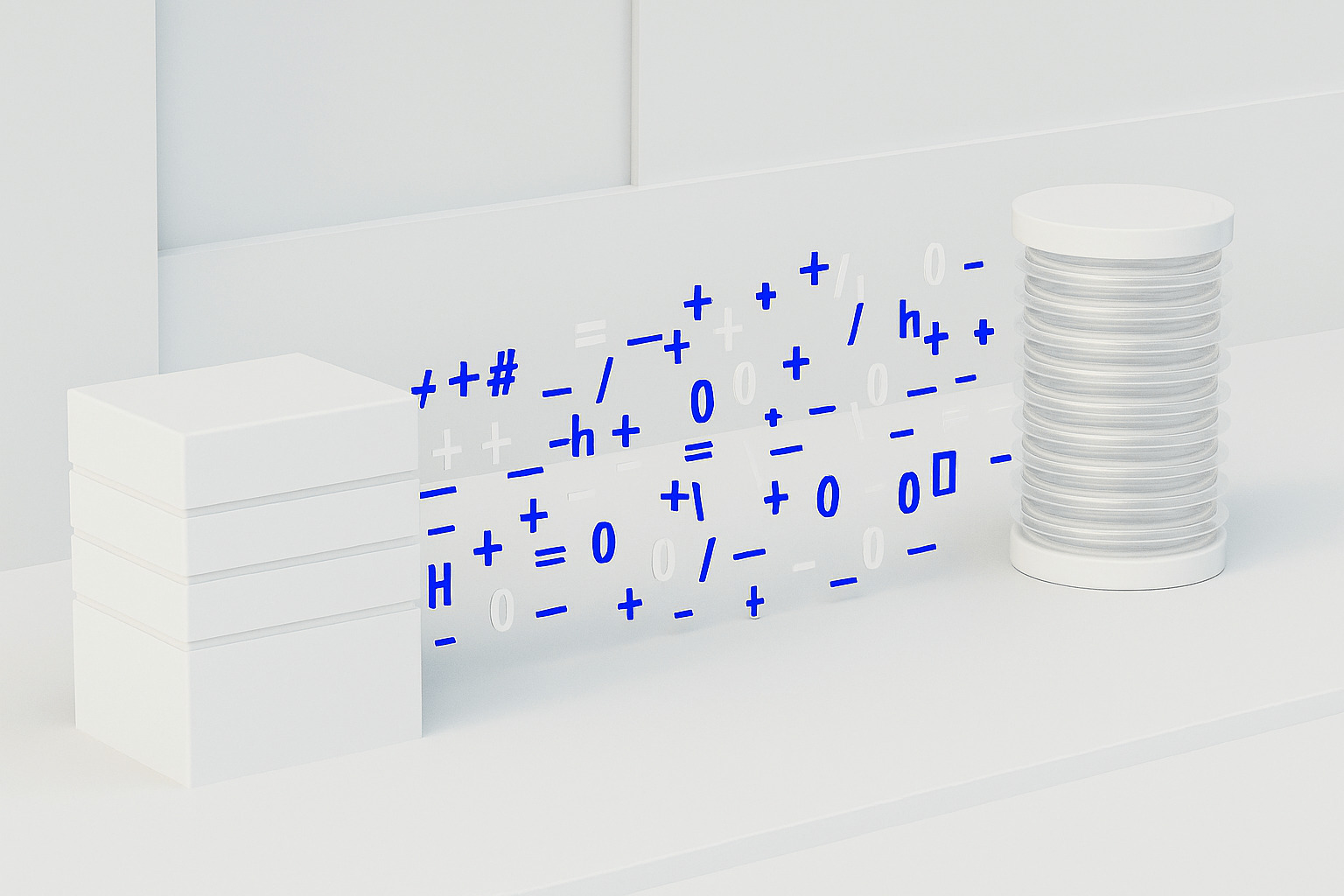About the Research & Author
This article summarizes and explains, in plain language, insights from the research paper:
“Rough Path Signatures: Learning Neural RDEs for Portfolio Optimization”
by Ali Atiah Alzahrani — Public Investment Fund (PIF), Riyadh, Saudi Arabia
Presented at ACM ICAIF 2025 (AI in Finance, Singapore)
Note: This is an independent, educational overview meant to make the core ideas accessible to a general audience. It preserves the research intent while simplifying terminology and examples. For full technical details, please refer to the original paper.
1. Why the Path Matters (Not Just Today’s Price)
Two assets can share the same price today but carry very different risks depending on how they got there. If one took a smooth road and the other rode a rollercoaster, their future behavior — and risk — differ.
Many instruments are explicitly path-dependent:
- Asian options: Payoff depends on the average price over time.
- Barrier options: Triggered or knocked out if the price ever crosses a level.
- Portfolio control: Allocation choices react to the history of volatility, drawdowns, and correlations.
Traditional models often compress history poorly or become unstable over long horizons. Sig–RDE tackles this by turning the entire path into a compact, learnable representation.
2. Plain Explainer: What Are “Signatures” and a “Neural RDE”?
Path Signatures (Log-Signatures)
Think of a price path like a squiggly line. A signature is a mathematical fingerprint of that line, built from iterated integrals. The log-signature is a compact version — a short trailer capturing the full storyline of the market.
Neural (Rough) Differential Equation
Most neural nets learn in discrete steps. A Neural RDE learns in continuous time, evolving a hidden state smoothly — a better match for how markets move continuously in reality.
Why Combine Them?
Signatures summarize the past; Neural RDEs model evolution through time. Together, they let AI “remember the market’s story” and use it to price products or control portfolios intelligently.
3. How Sig–RDE Works (Step by Step)
- Simulate or observe paths: Generate price paths (Monte Carlo) or use market data.
- Encode history with log-signatures: Each path’s journey becomes a feature vector.
- Evolve hidden state with a Neural RDE: A continuous-time neural model processes signature-driven inputs.
- Predict key quantities:
- Yt — value (e.g., option or portfolio),
- Zt — first-order sensitivity (risk exposure),
- Γt — second-order curvature (useful for control).
- Train with risk-aware loss: CVaR-focused training pays extra attention to extreme losses.
- Stabilize second-order info: Optional 2BSDE/HJB techniques improve sensitivity estimates.
4. Results in Human Terms
- Better tail-risk handling: In stress scenarios (CVaR0.99), Sig–RDE reduced errors by about 25% compared to strong baselines.
- Stable scaling: Performance remains strong with up to 200 assets — fewer training crashes or instabilities.
- Efficient learning: Similar or faster training time versus traditional deep BSDE models, using less memory.
| Dimension / Task | Improvement Observed | Why It Matters |
|---|---|---|
| Asian & Barrier Options (50D–200D) | Lower pricing error; tighter tail-risk (CVaR) | Accurate pricing where historical paths shape payoffs. |
| Portfolio Control (Stochastic Volatility) | Better estimation of sensitivities (Z, Γ) | Improved decision-making under uncertainty. |
5. Practical Use Cases
Path-Dependent Pricing
Asian, barrier, and lookback options whose payoffs depend on past prices.
Portfolio Optimization
Dynamic allocation strategies that adapt to volatility and drawdown patterns.
Risk Management
Better sensitivity to rare, extreme losses — crucial for CVaR and stress testing.
Insurance & Pensions
Modeling contracts triggered by long-term performance or protection thresholds.
Algorithmic Trading Research
Detects subtle historical patterns that humans or simpler AIs might miss.
6. Limitations and Next Steps
- Data realism: Current experiments use simulated data; real-market validation comes next.
- Computation: High-dimensional training can require powerful GPUs.
- Hyperparameters: Signature depth, RDE width, and CVaR weight need tuning.
- Theory: Finite-sample guarantees remain an open area for future research.
Bottom line: Sig–RDE is research-grade but promising — especially where memory and risk sensitivity matter most.
7. Quick FAQ
Is this only useful for quant experts?
No. The concept — remembering the path, not just the point — can improve many risk and investment systems, even outside deep quantitative contexts. It’s about giving AI long-term memory for markets.
What’s special about log-signatures?
They provide a mathematically consistent way to summarize long time-series data, unlike arbitrary rolling averages or handcrafted indicators. It’s a more complete and structured view of how markets evolve.
Why use a Neural RDE instead of an RNN?
Neural RDEs learn in continuous time and remain stable on long sequences — a closer match to real financial dynamics where data flows continuously, not in fixed steps.
How does CVaR training help?
CVaR (Conditional Value-at-Risk) focuses the model on the worst losses, not just the average case. This makes predictions more robust during market shocks — crucial for portfolio risk control.


